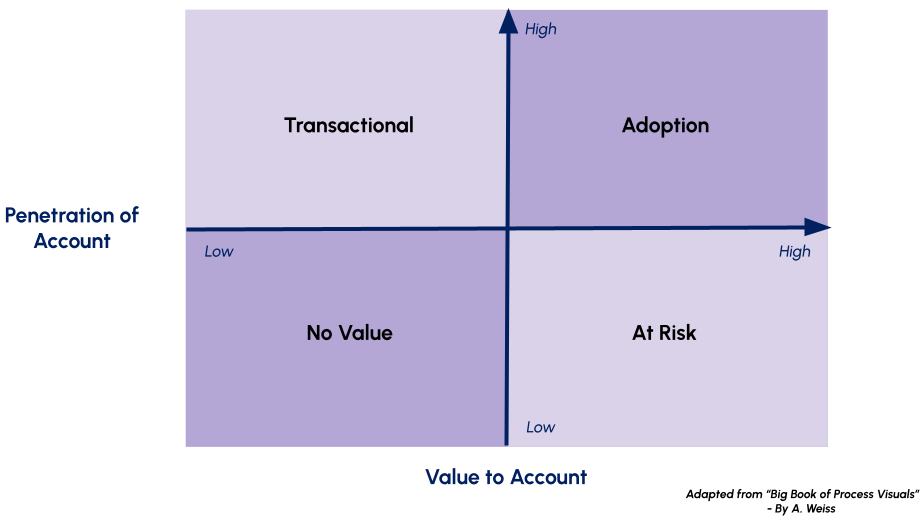Where is the “hidden damage” in your business?
If that sounds like an odd question to you, well, it is. If it’s hidden, how would you know where it is?
That’s the point. You don’t know where it is. Worse is that you don’t know when it will surface.
Think plaque slowly clogging an artery. Termites chewing through the joists. Weak acid wearing away at enamel.
Left unchecked, the damage eventually shows and does so in a sudden way. From a business standpoint, a prime source of hidden damage is transactional relationships.
Let’s look there.
If you know Mad Men, you know this gem from Roger Sterling: “The day you sign a client is the day you start losing them.” TV drama aside, the risk is real if the relationship isn’t strong.
Clients drift away for many reasons: the honeymoon phase is gone and the customer just buys out of habit or a key champion leaves. Or, you get punted because a competitor comes along and offers superior value.
I get that some losses are out of our control. Sure, you might lose a customer on price. But if you lose a customer because you took them for granted or were sloppy in delivering new value, that’s on you.
We teach customers what to expect. If a brand or retailer always rolls out discounts, customers learn to wait because paying full-price is for suckers. If a retail-tech provider (or any other vendor) only takes orders, customers will only call when it’s time to buy again. Train for transactions and you get transactional ties: less information shared, shallow trust, and easy exits.
Then, the panic ensues when a key customer “suddenly” walks away. Leaving a hole in your business that needs to be filled.
So, if you sell into retail or if you rely on clienteling (or just work in sales) perhaps you should ask the following questions:
- Are you a trusted partner or an order taker?
- Do you proactively deliver new value or insight? If not, what can you show today?
- Do you run a customer advisory board or quarterly business reviews?
- Are you “self-scouting” to see where you lag behind competitors?
- Do you shop your own business to see how your sales process is being (or not being) followed?
I guarantee you, these are excellent (but often uncomfortable) self-diagnosing questions worth asking.
I would even suggest throwing your top accounts into this 2×2 chart that we have shown in the newsletter previously.

The bottom left of the grid should be self-explanatory.
If your penetration of the account is high but the value is low, there is a risk of losing the business. If the value is high but the penetration is low, then the relationship is transactional and there are missed opportunities for growth.
If both are high, then the client is highly engaged and fully adopting your solution. Better yet, the client is receptive and eager to hear about new value that you can offer.
Plot your key accounts and be candid about where they land.
You may uncover hidden damage lurking under the floorboards.
Better to find it early and on your terms.
